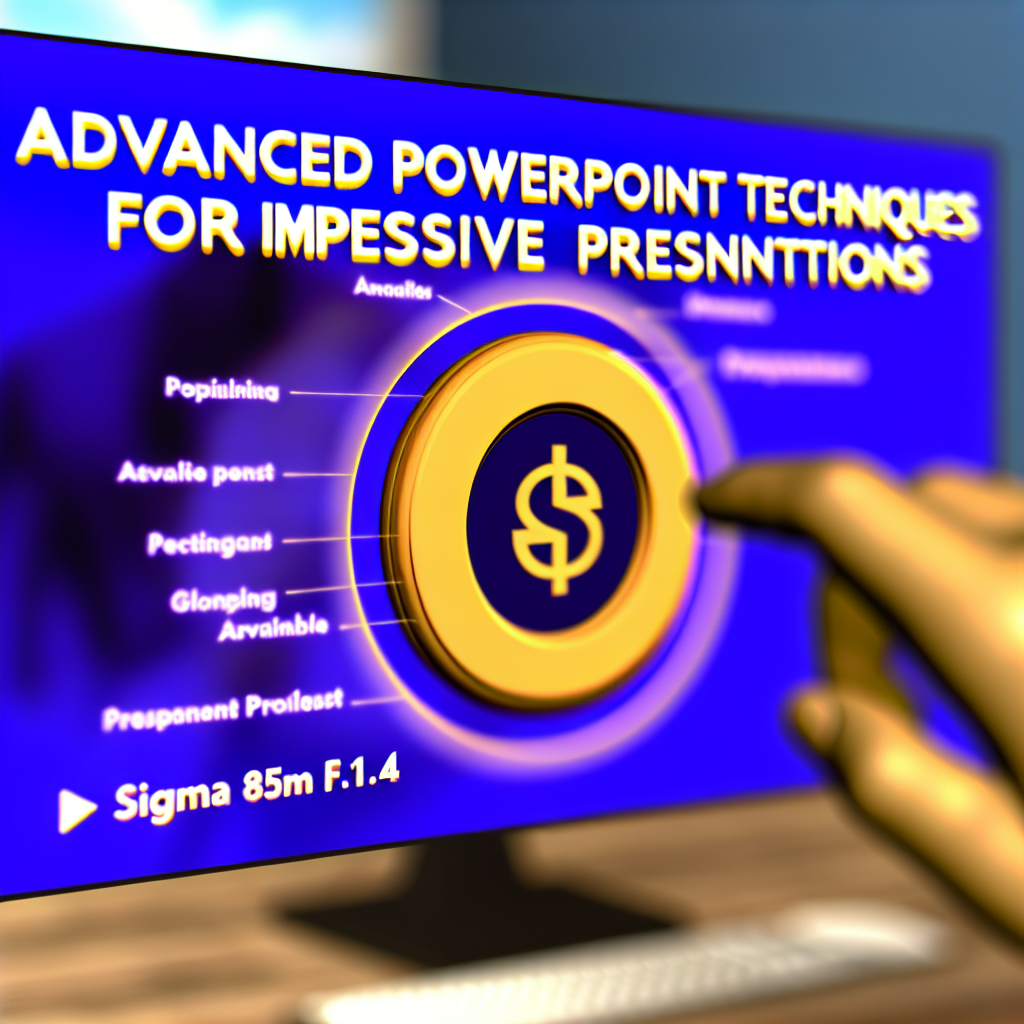Mastering 3D PowerPoint Techniques: Enhance Your Presentations with Dynamic Visuals
Creating engaging and visually stunning presentations is crucial for effective communication. 3D PowerPoint tutorials offer powerful tools to elevate your slides, making them more immersive and impactful. In this article, we’ll explore essential 3D PowerPoint techniques and design tips that can transform your slides into professional-grade visuals.
Harnessing 3D Models and Shapes for Dynamic Designs
One of the most compelling aspects of 3D PowerPoint tutorials is the ability to incorporate 3D models and shapes that add depth and realism to your slides. Modern versions of PowerPoint provide an extensive library of 3D objects that can be rotated, scaled, and customized to match your presentation’s theme. This feature not only enhances **visual appeal** but also helps in conveying complex ideas more effectively.
How to get started: Begin by inserting 3D models through the “Insert” tab. PowerPoint offers pre-made models, or you can import custom 3D objects from online sources. Once inserted, you can manipulate the models using rotation handles or by using the “Format” options. Animating these models in 3D space further energizes your presentation, allowing viewers to see different angles and perspectives.
Design Principles and Best Practices for 3D PowerPoint Content
While implementing 3D elements, it’s vital to follow sound powerpoint design principles to maintain clarity and professionalism. Overloading slides with 3D objects can lead to clutter and distract the audience from your core message. Balance is key: use 3D elements sparingly to accentuate critical points and ensure they align with your overall narrative.
- Consistency: Maintain a coherent style for 3D objects, colors, and lighting across your slides.
- Simplicity: Keep backgrounds simple to make 3D elements stand out.
- Anatomy of motion: Use animated 3D models with purpose—whether to illustrate movement or transformation—carefully timing animations to match your speech.
Additionally, mastering lighting and shadow effects can significantly boost the realism of your 3D visuals, contributing to professional-grade graphic design. Take advantage of PowerPoint’s built-in tools to tweak the light source, transparency, and depth to create a compelling visual hierarchy.
Conclusion
Incorporating 3D elements into PowerPoint presentations can dramatically improve their visual impact and audience engagement. By understanding how to manipulate 3D models and following design best practices, you can create compelling, professional presentations that stand out. Start exploring newer features and tutorials to refine your skills and elevate your powerpoint #powerpointdesign #graphicdesign projects today.
